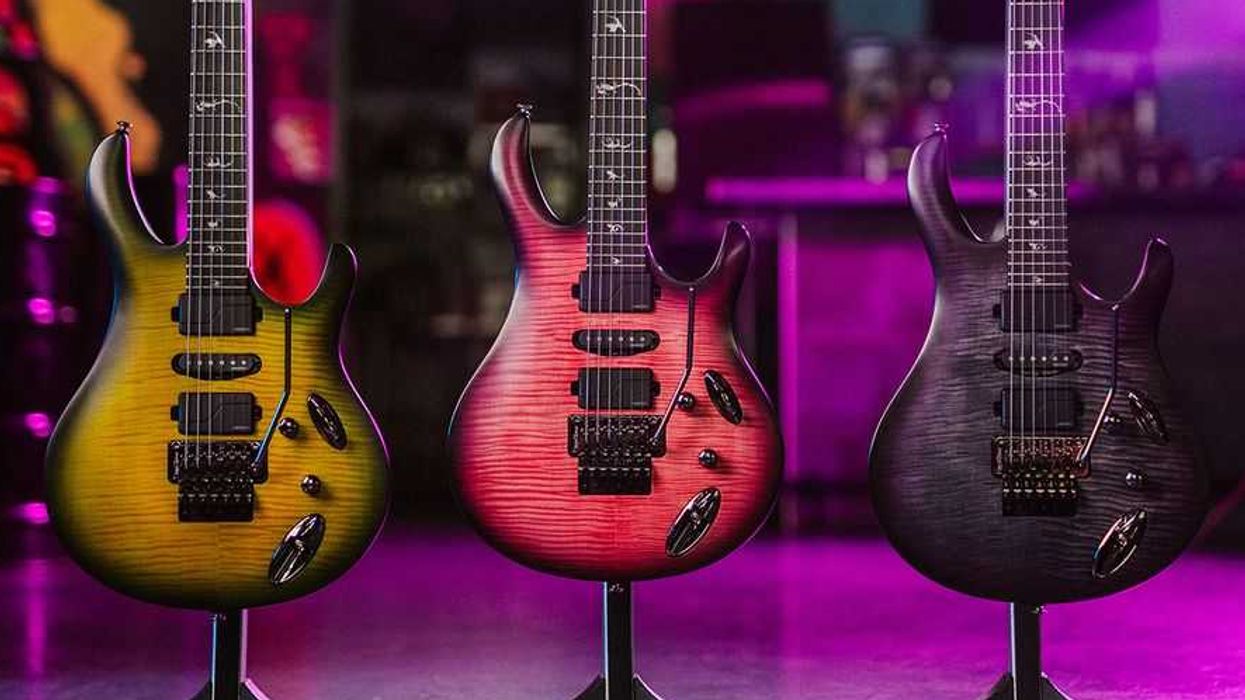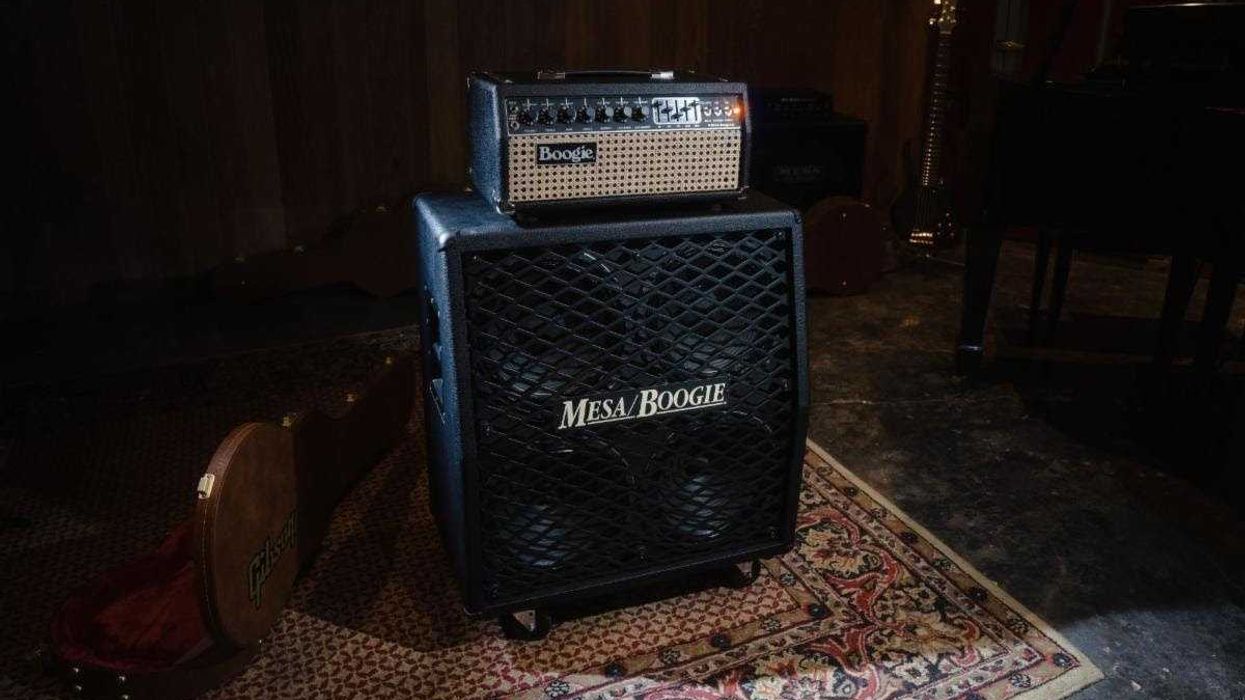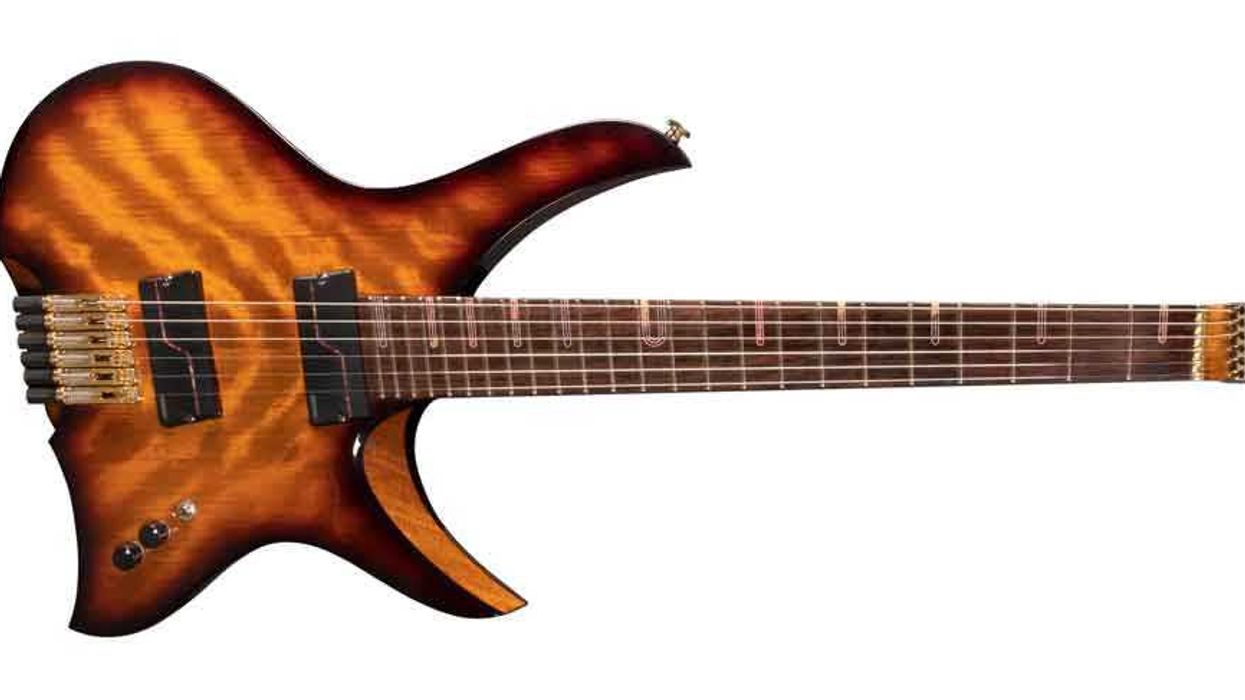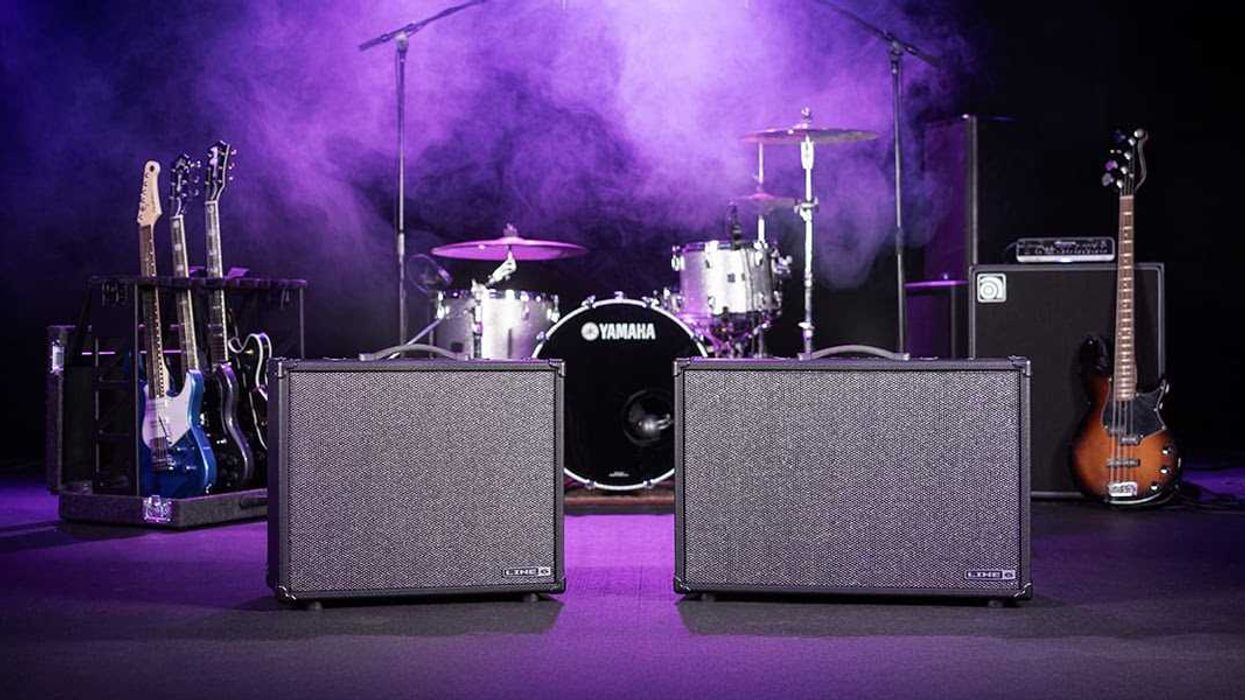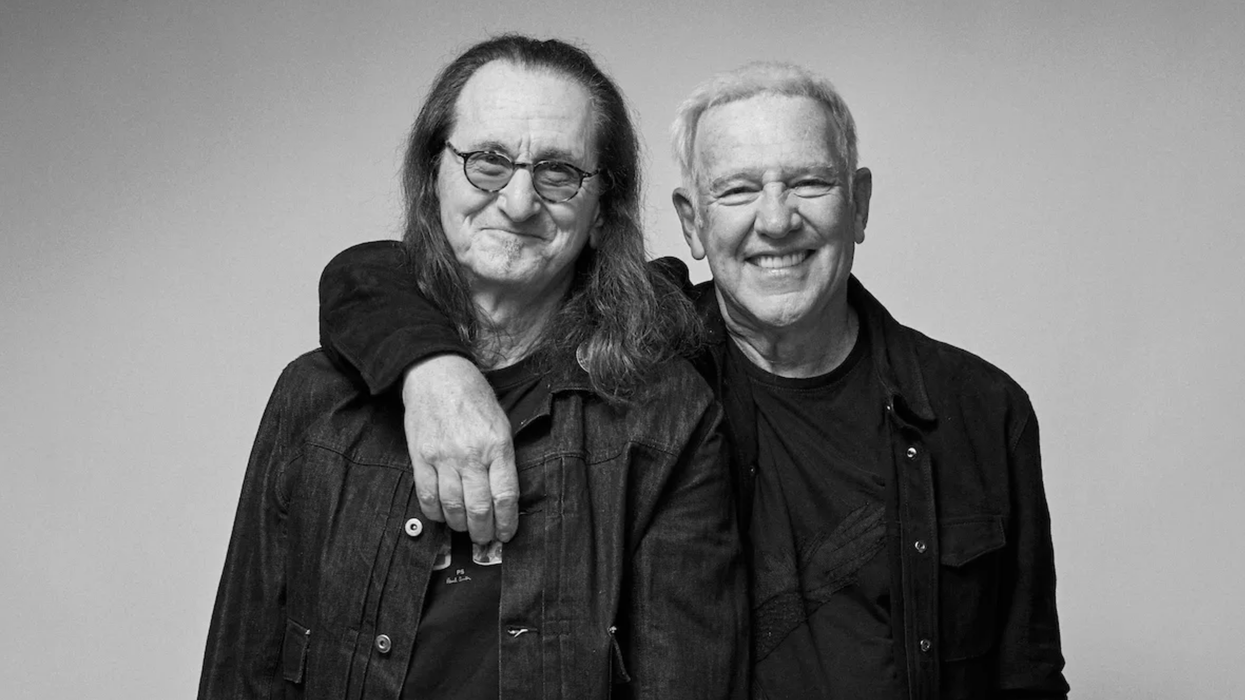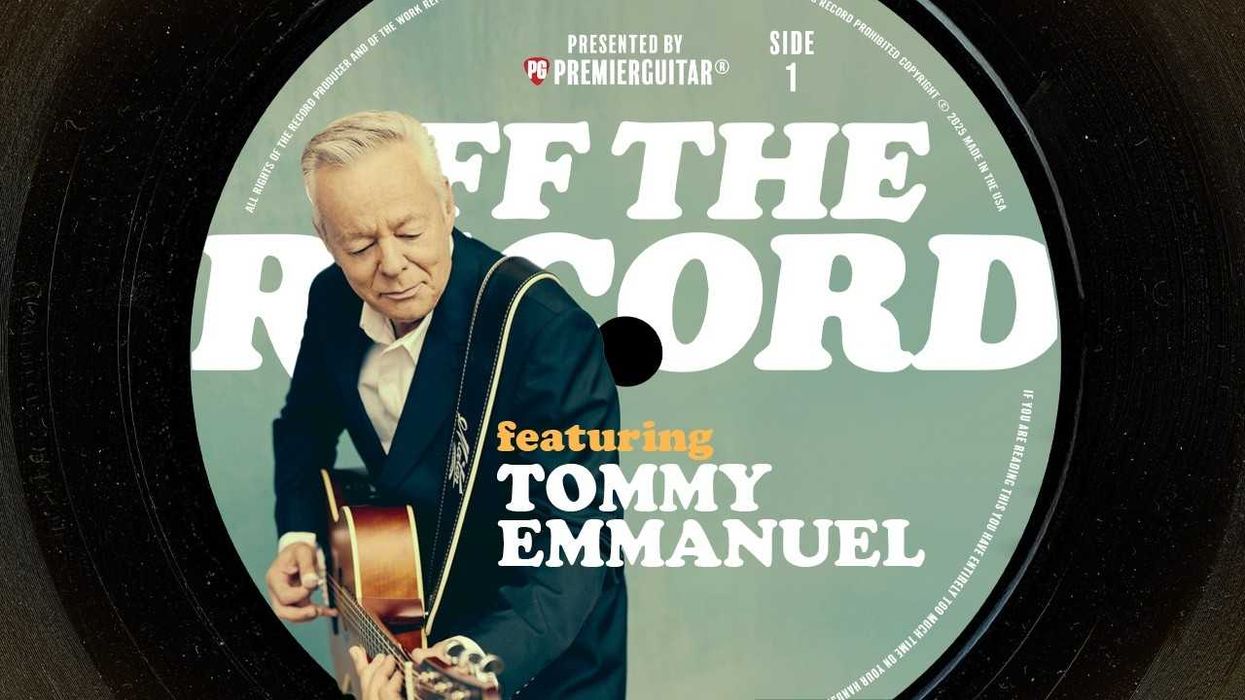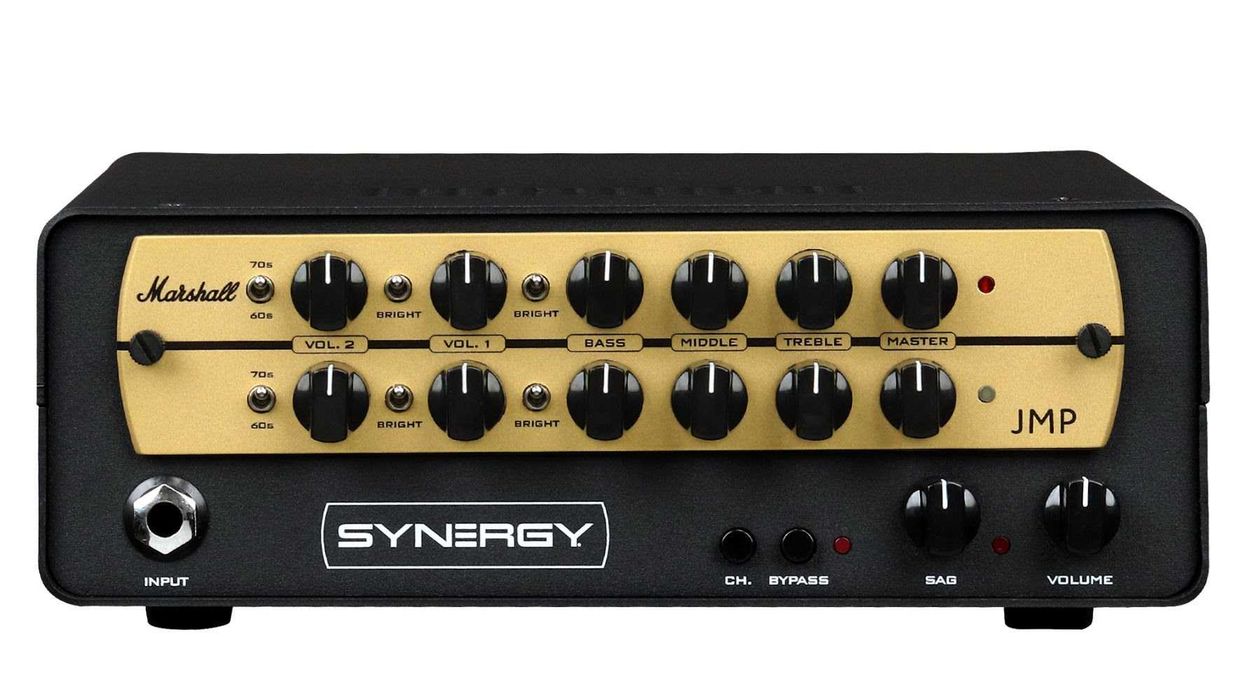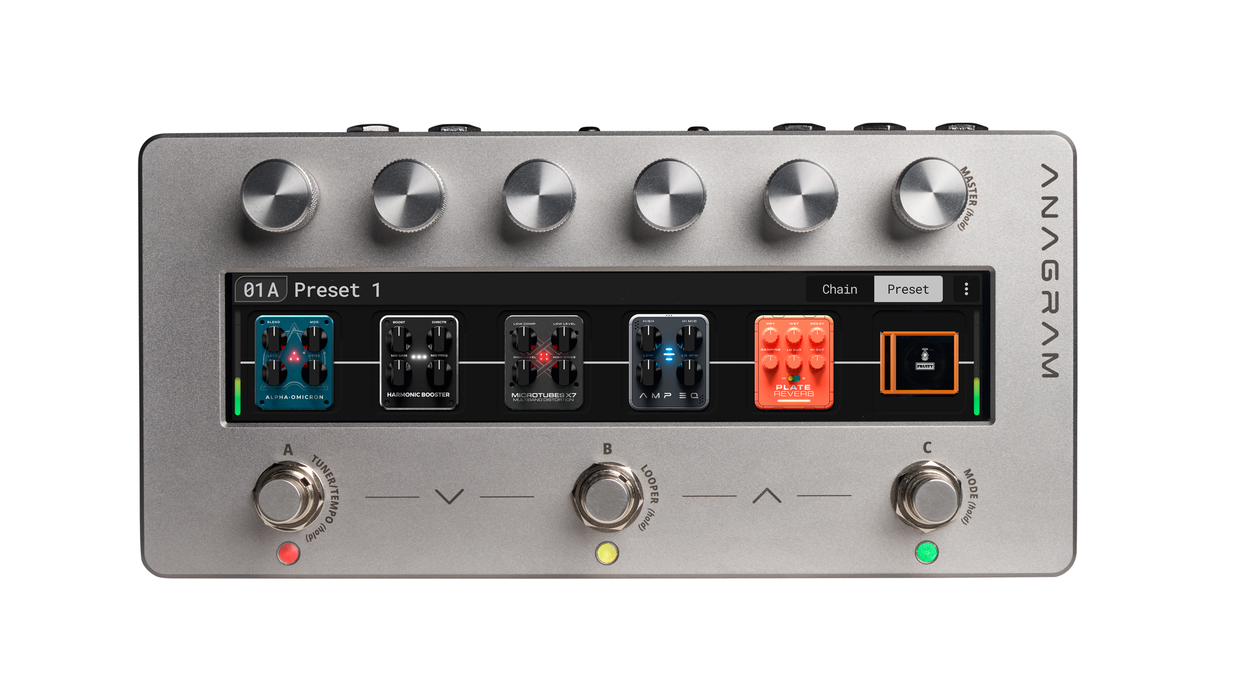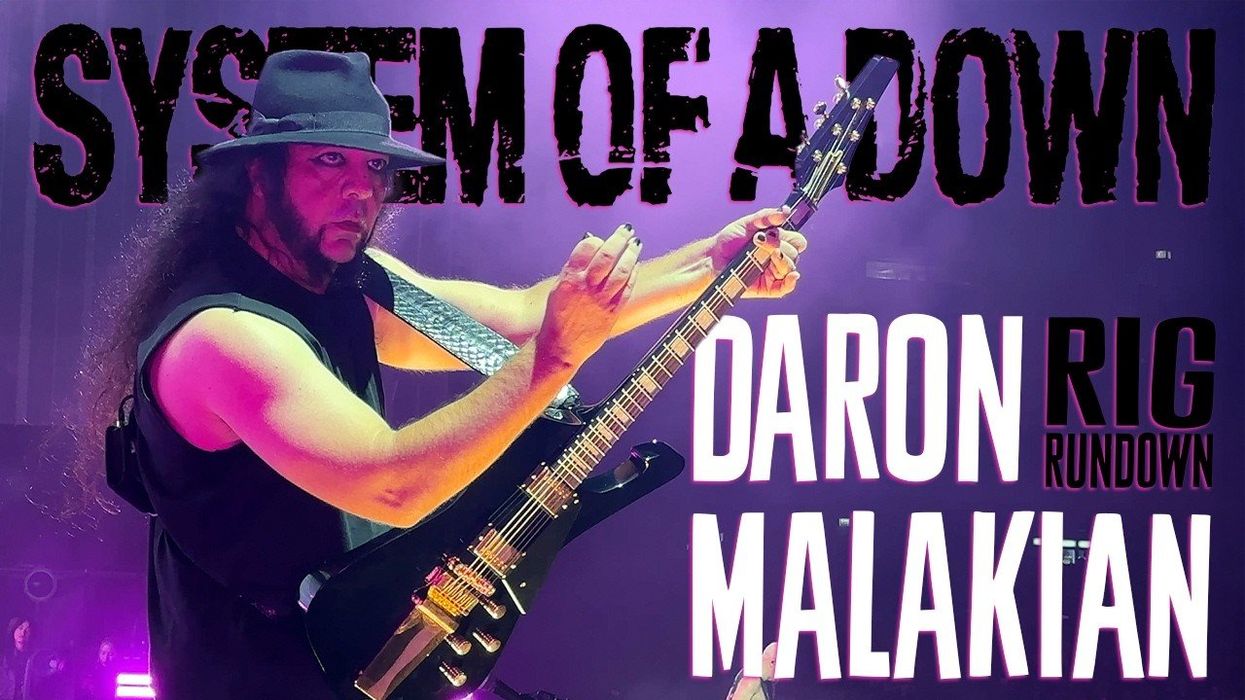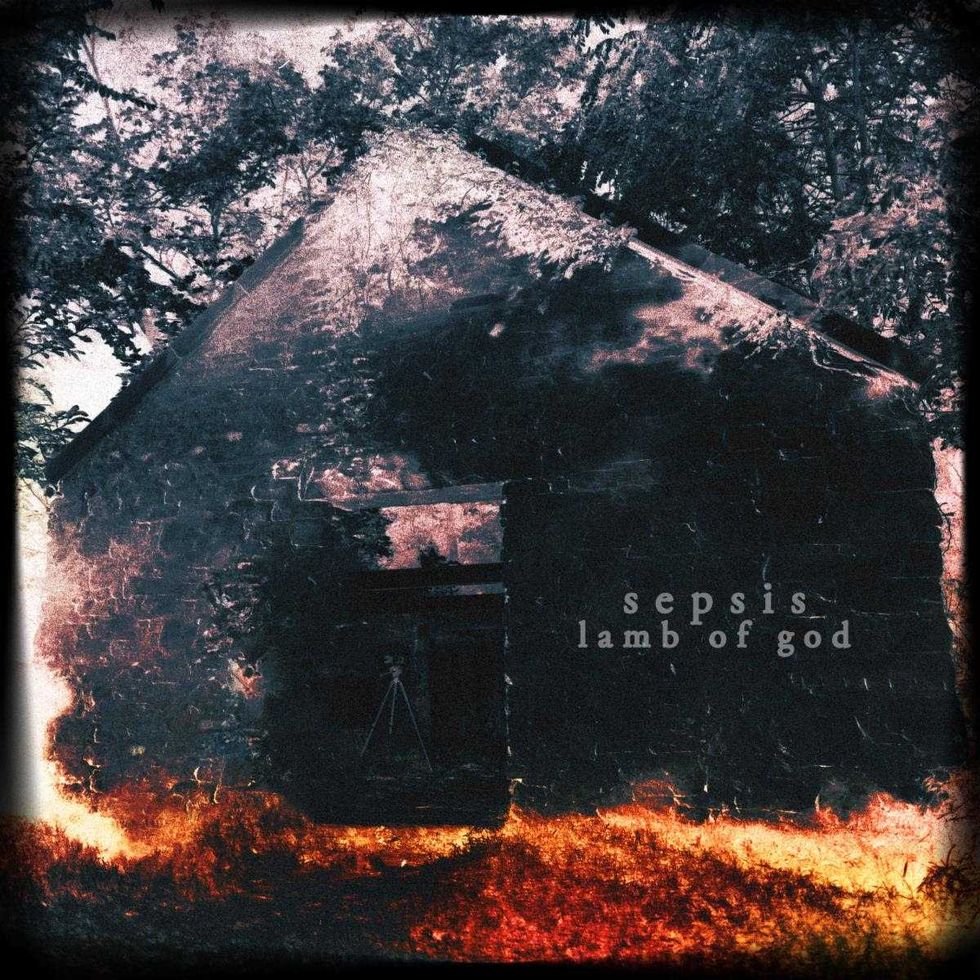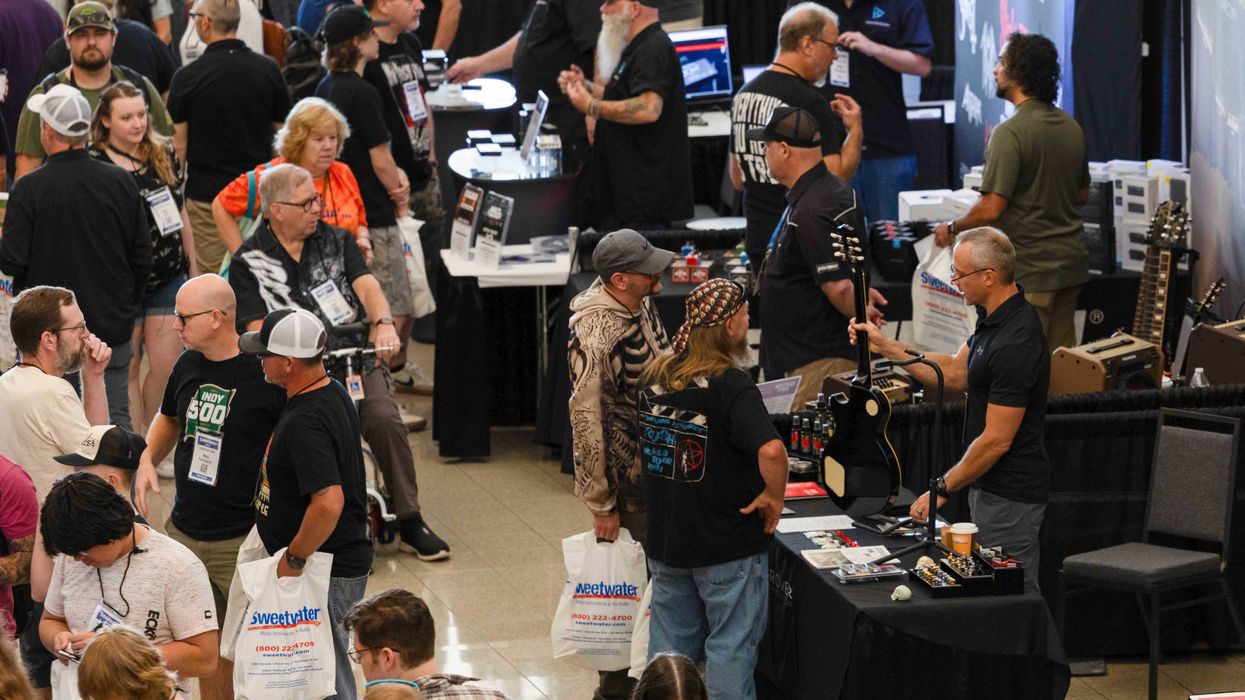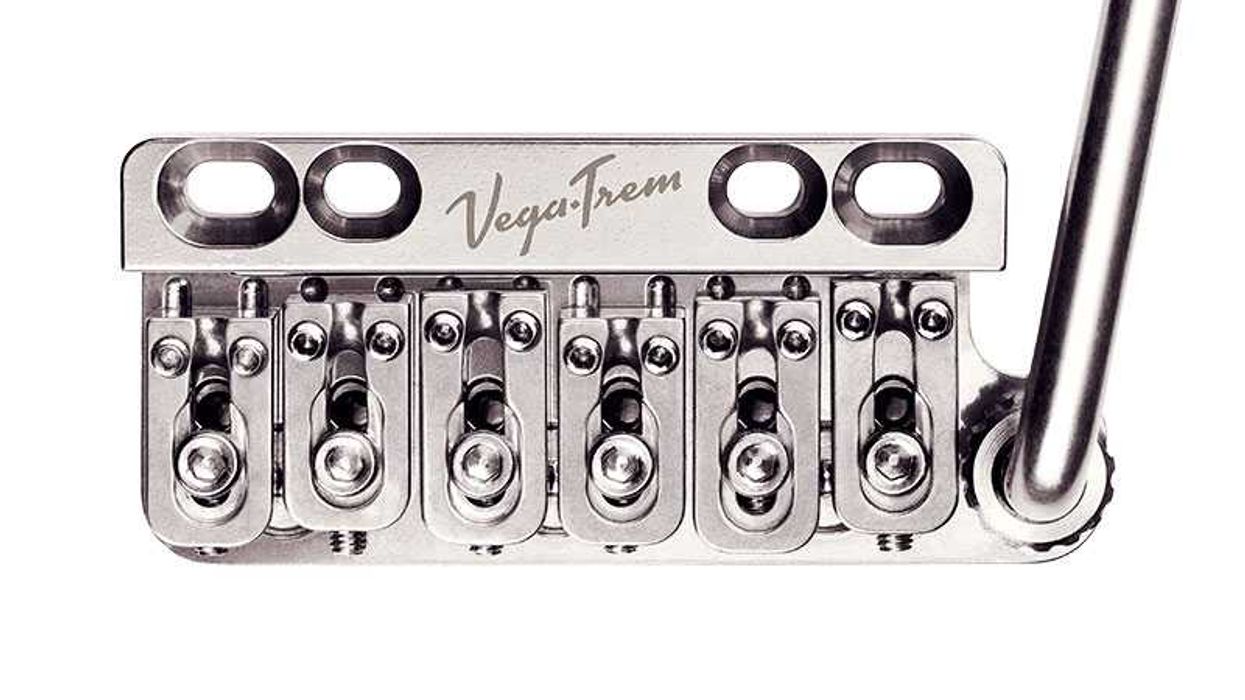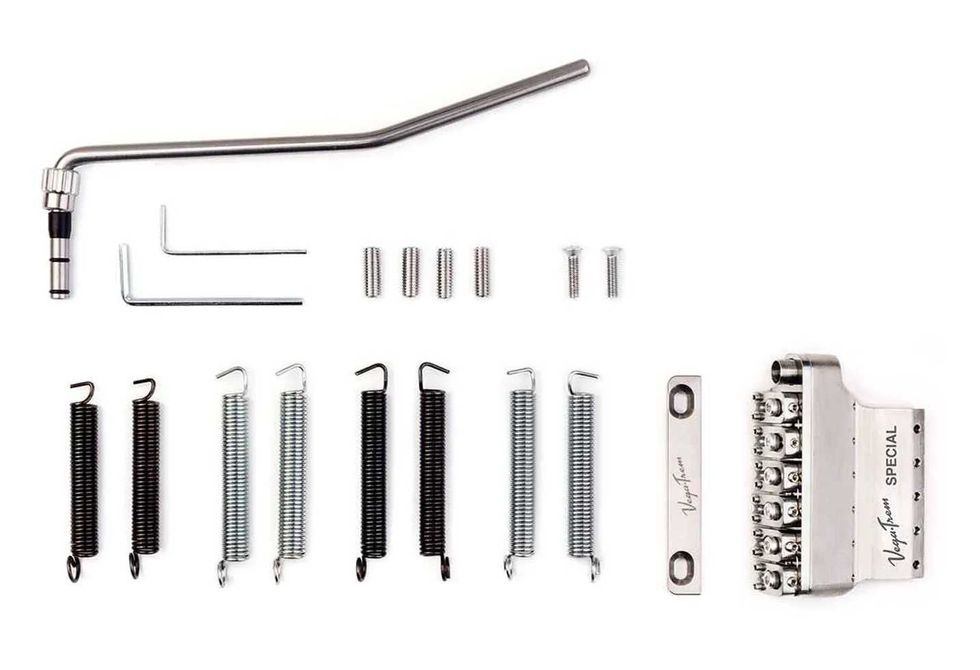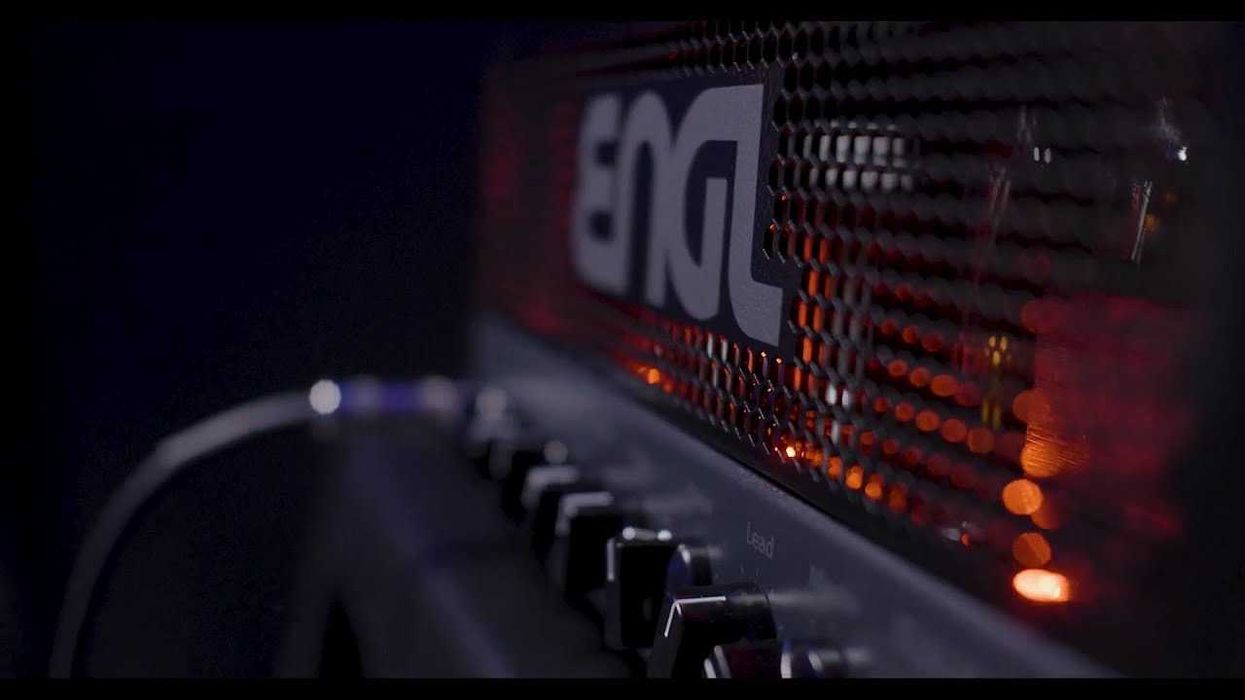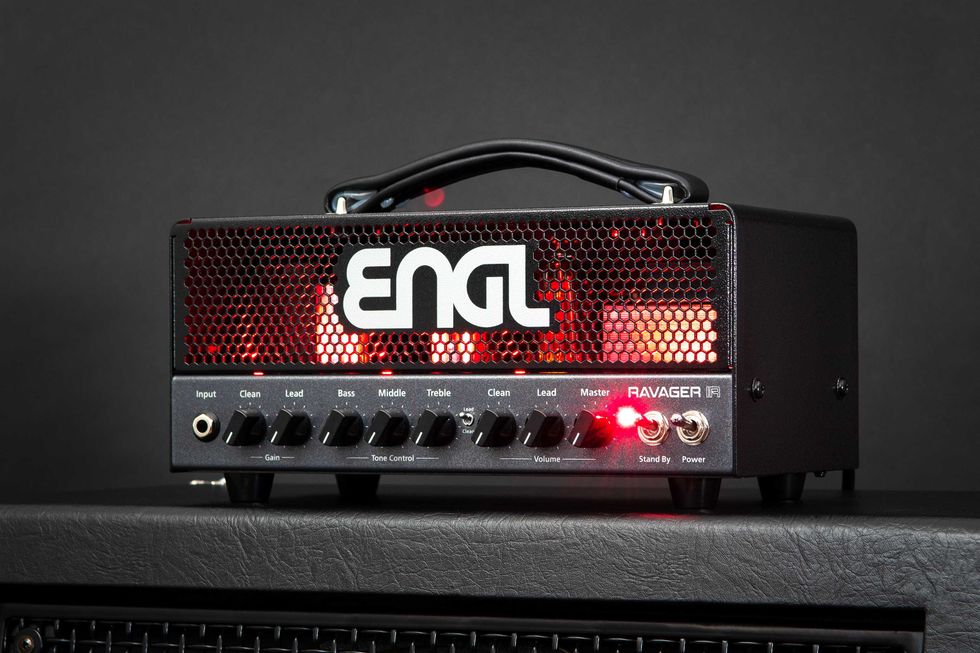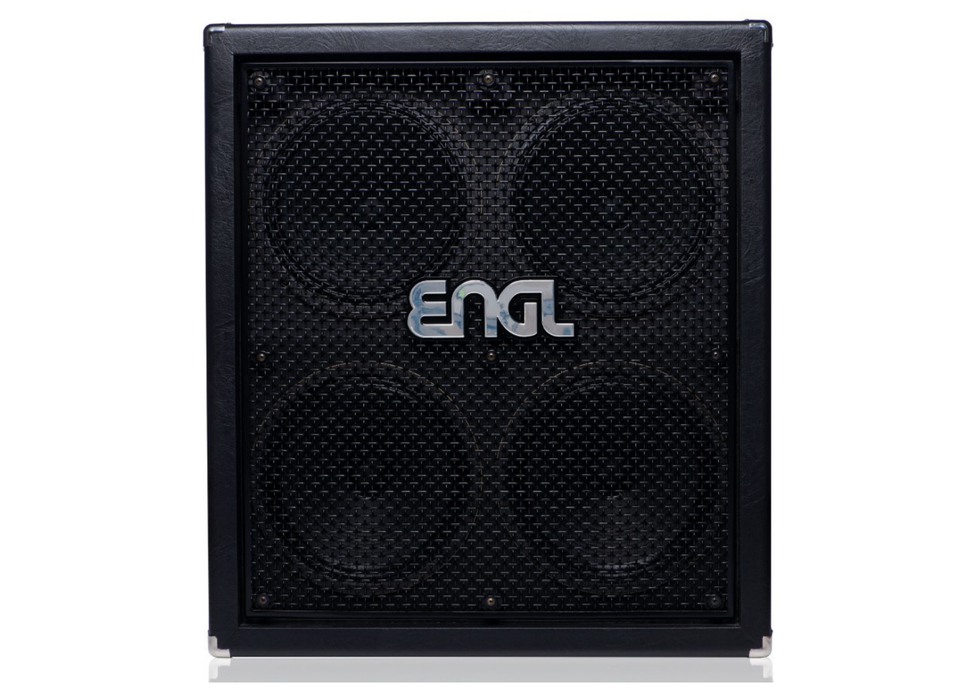A new phaser offering a plethora of options, in collaboration with Spaceman Effects.
This collaboration, inspired by the previously discontinued Spaceman Effects Explorer Deluxe, presents a plethora of phasing options and more. The Microdose Phaser is crafted for guitarists with a penchant for rich "phase" effects.
Features
- Knobs: Warp, Depth, Res, Level, Rate, Blend
- Phasing Options: 2, 4, 8 Stage Phasing
- Waveforms: 16 distinct modulation shapes
- Multipliers: .5, 1, 1.5, 2, 3, 4
- Additional Features: Tap Tempo, EXP Input, True Bypass on/off switch, and 9-volt operation with standard DC input.
The All-Pedal Microdose Is a Feature-Filled Phaser | Tone Report Demo
Available at a competitive price of $325.00, the Microdose pedal can be procured directly from the All-Pedal online store: www.allpedal.com

